The Impact of Algorithmic Trading on Settlement Regulations: Navigating the Evolving Landscape
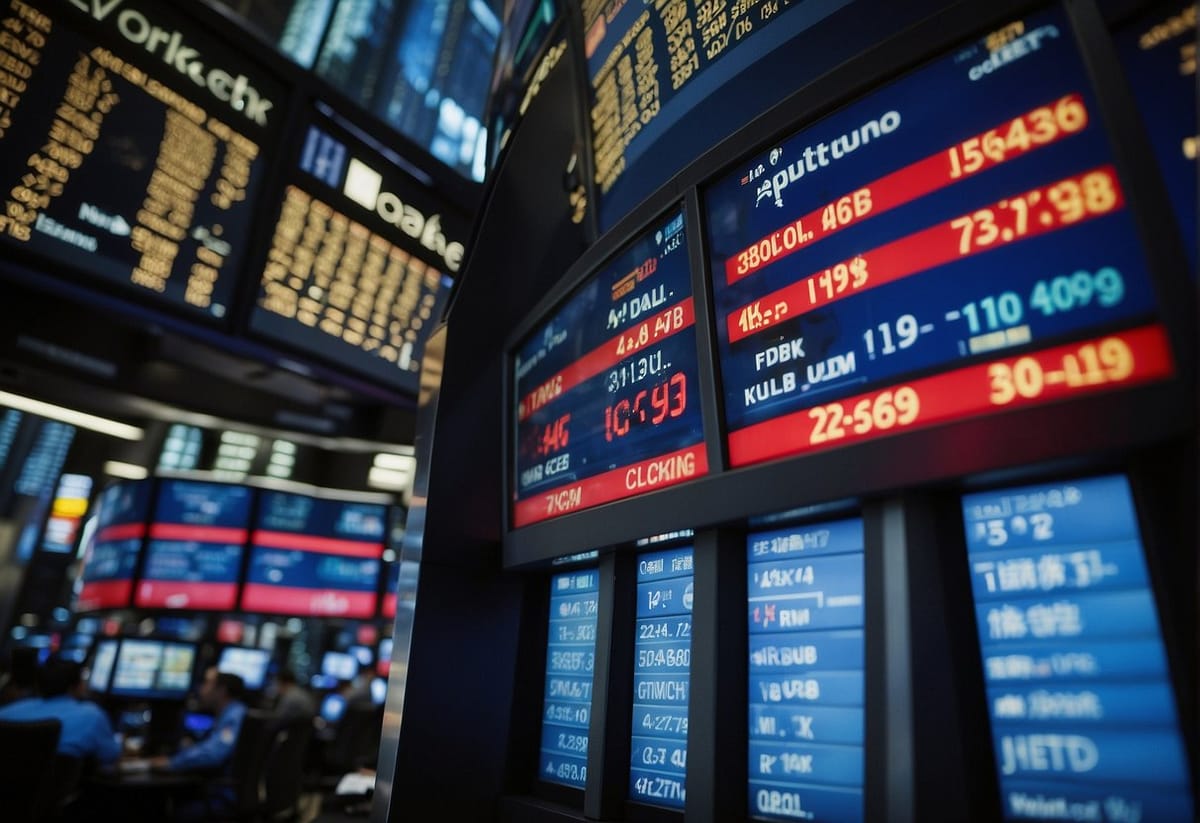
Algorithmic trading has fundamentally altered the operation of financial markets, introducing high-speed trading mechanisms that take advantage of sophisticated computer algorithms. These systems are designed to execute orders at unprecedented speeds, a capability that has significant implications for the settlement regulations of various trades. Settlement regulations, encompassing the post-trade processing of securities transactions, are now facing new challenges and opportunities due to the proliferation of algorithmic trading.
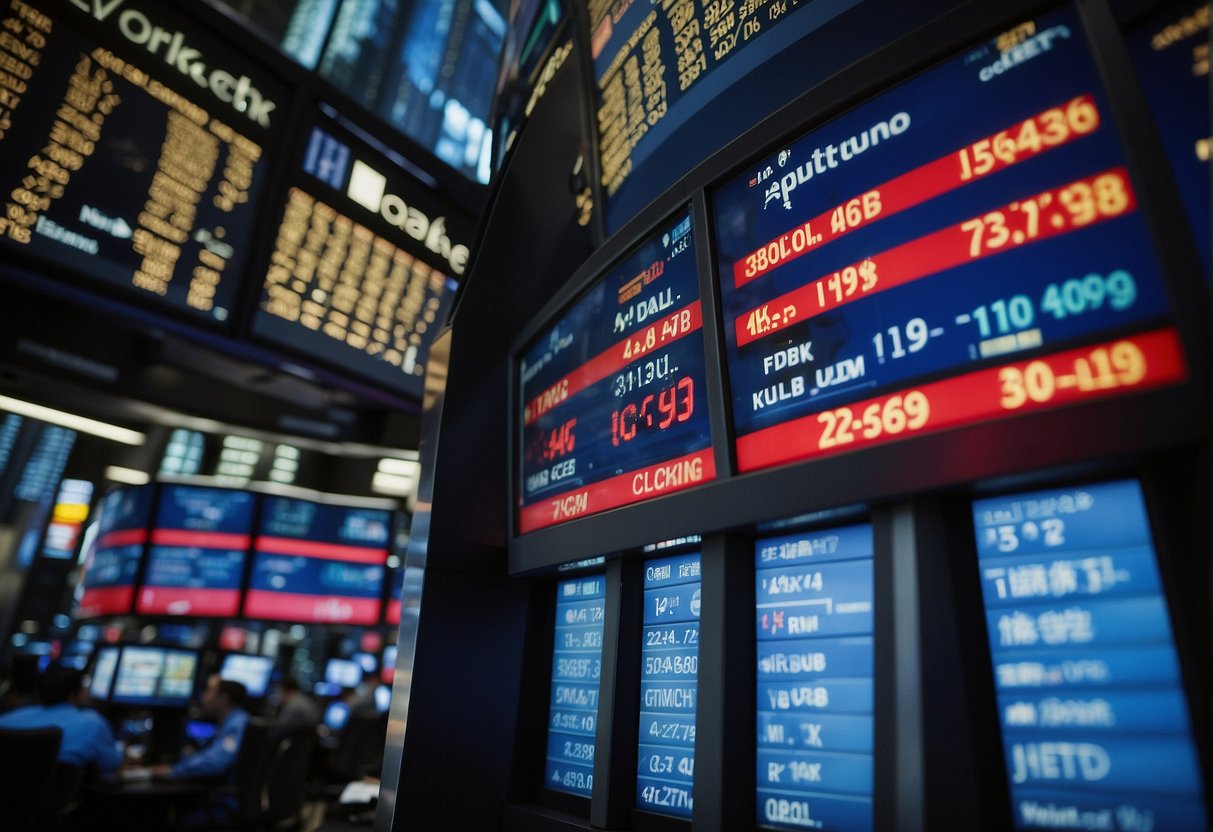
Key regulatory bodies and market participants are paying close attention to how these automated trading systems intersect with existing rules and what that means for market stability and fairness. As regulators grapple with these developments, there is a growing emphasis on ensuring that algorithmic trading activities align with risk management expectations and do not undermine the financial system's integrity.
Key Takeaways
- Algorithmic trading has brought significant changes to market operations and settlement regulations.
- New regulatory challenges emerge from the speed and complexity of algorithmic trading.
- Ensuring algorithmic trading compliance is essential for maintaining the integrity of financial markets.
Overview of Algorithmic Trading
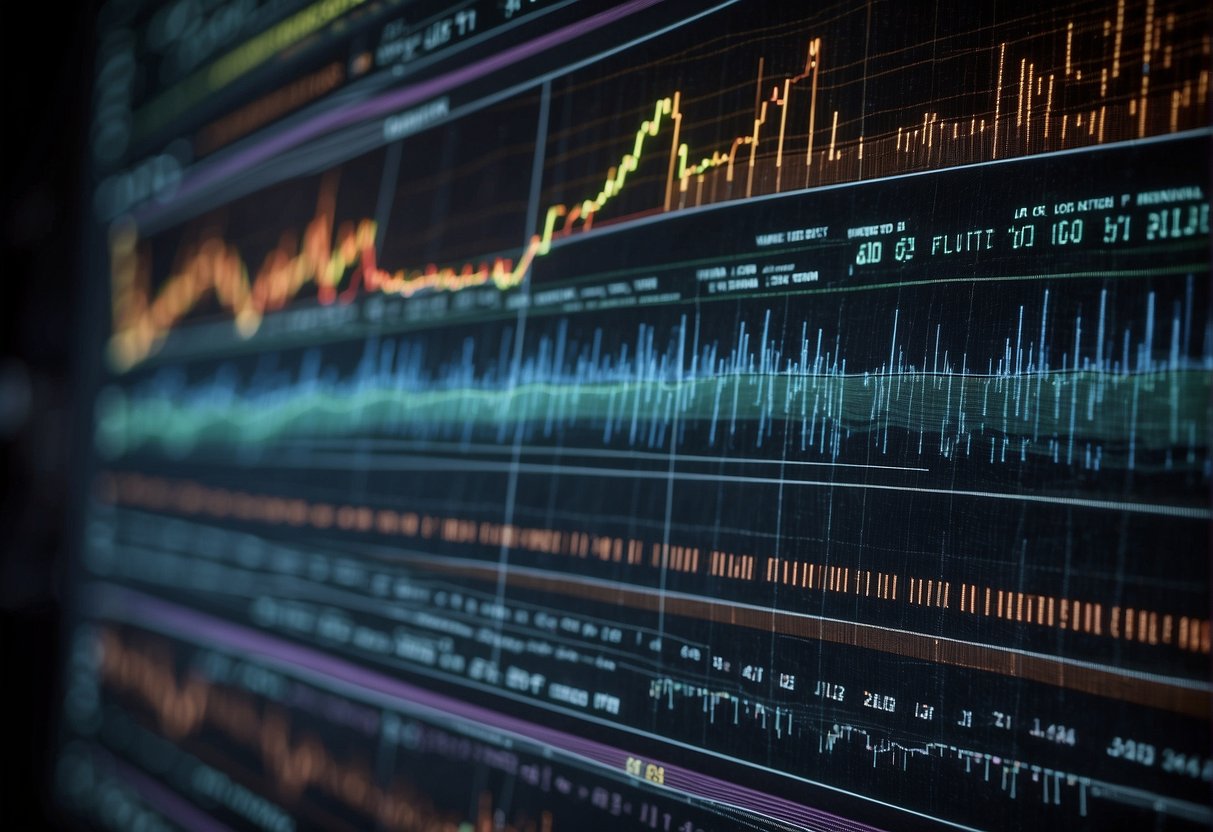
Algorithmic trading has revolutionized financial markets, enabling high-speed decision-making and the execution of trades. This section delves into its progression and the technological framework that constitutes its core.
Evolution of Algorithmic Trading
Algorithmic trading has advanced through rapid technological progress and has progressively impacted financial markets. Initially, simple automated strategies have evolved into complex systems involving high-frequency trading and electronic platforms. Modern algorithms now incorporate machine learning techniques to more effectively adapt to changing market conditions.
Critical Components of Algorithmic Trading Systems
At the heart of algorithmic trading systems are sophisticated algorithms designed to detect price changes and market inefficiencies. A typical system includes market data analysis, pre-set trading instructions, and risk management controls. Technology plays a pivotal role in these systems by ensuring high-speed trade execution and consistent monitoring of multiple markets.
Regulatory Landscape for Algorithmic Trading

D shapes the regulatory landscape for algorithmic trading. Different international frameworks and specific directives within different economies also shape this landscape. These regulations aim to ensure market stability, transparency, and investor protection.
Global Regulatory Frameworks
Global regulatory frameworks lay the foundation for algorithmic trading oversight. International regulators collaborate to establish guidelines that balance innovation and risk management. For example, the National Stock Exchange (NSE) follows principles set forth by international agreements and local securities laws to ensure compliance and fair trading practices.
Algorithmic Trading and EU Directives
Within the European Union, algorithmic trading is principally governed by the Markets in Financial Instruments Directive II (MiFID II). This directive provides a harmonized regulatory regime for investment services across member states, emphasizing pre-and post-trade transparency. The EU's stringent requirements ensure that firms engaging in algorithmic trading are registered with competent authorities and adhere to rigorous operational standards.
The Role of SEC and CFTC
The Securities and Exchange Commission (SEC) and the Commodity Futures Trading Commission (CFTC) are the central regulators for algorithmic trading activities in the United States. They enforce rules based on the Exchange Act and regulations from the National Association of Securities Dealers (NASD). Their oversight ensures that entities engaging in algorithmic trading conduct operations within a framework designed to protect market integrity and reduce systemic risk.
Market Impact and Trading Regulations
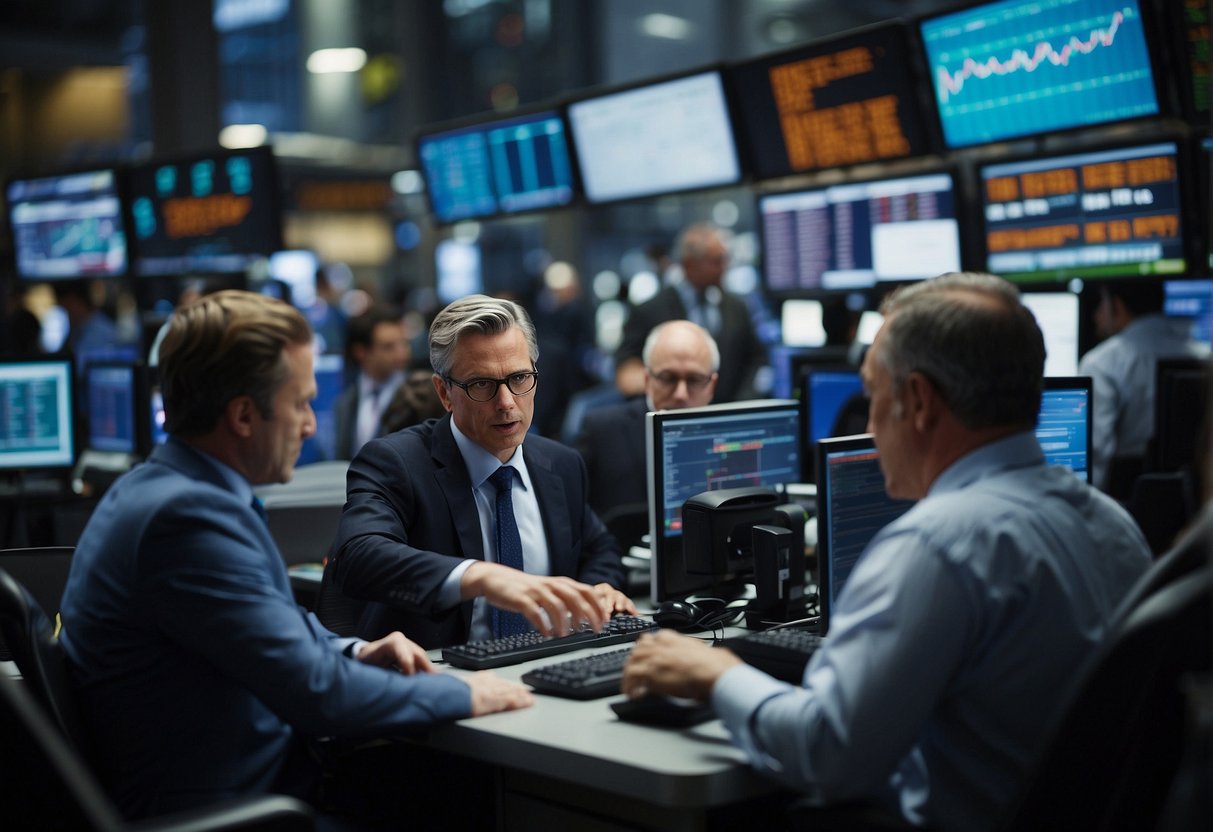
Algorithmic trading has profoundly influenced market dynamics, particularly concerning liquidity and volatility. These technological advancements have led to rigorous discussions on the need for adapted regulations to maintain market quality and protect investors.
Market Liquidity and Volatility
Algorithmic strategies often contribute to increased market liquidity by introducing rapid and large volumes of orders. This liquidity can, however, be transient, as algorithms may quickly withdraw from the market in response to specific triggers, thus exacerbating volatility. Investors and market participants face both opportunities and challenges due to these shifts in liquidity and volatility, necessitating vigilance from regulators to ensure the robustness of financial markets.
Algorithmic Trading and Market Quality
The quality of financial markets is a function of multiple factors, including the efficiency of price discovery, the fairness of trading practices, and the integrity of market infrastructure. Algorithmic trading has raised concerns over market quality through its high order-to-trade ratio and automated strategies. As algorithms dominate trading activity, regulators are tasked with evolving market regulations to safeguard all market participants' interests and maintain the financial markets' overall integrity.
Risk Management in Algorithmic Trading

The advent of algorithmic trading has necessitated robust risk management strategies to safeguard market integrity and efficiency. These strategies are crucial for preventing the amplification of systemic risk in the financial system and ensuring compliance with rigorous regulatory standards.
Pre-Trade Risk Controls
Pre-trade risk controls act as the first line of defense in algorithmic trading, preventing orders that may breach certain risk thresholds from reaching the market. These controls include maximum order size, price collars, and order value thresholds implemented on the trading platform. By setting stringent criteria, they prevent the execution of trades that could potentially disrupt market structure and stability.
Real-Time Risk Monitoring
Real-time risk monitoring is essential for identifying abnormalities and intervention needs during active trading. It continuously analyzes order flow and market conditions to manage market risk and credit risk. These systems are especially critical in volatile markets where conditions change rapidly, necessitating swift decision-making to curb potential financial losses.
Algorithmic Trading Efficiency and Risk
Algorithmic trading is lauded for its efficiency in executing trades, contributing to more liquid and efficient markets. However, this efficiency carries an inherent risk, as algorithms react to market indicators without human intervention, sometimes leading to unintended consequences such as flash crashes. Algorithmic strategies must include safeguards to prevent such incidents, ensuring financial markets' overall health and stability.
Algorithmic Trading Compliance and Oversight

Algorithmic trading compliance and oversight are critical to maintaining market integrity. They ensure that firms adhere to regulatory standards and prevent market abuses.
Compliance Requirements
Compliance requirements for algorithmic trading necessitate firms to establish a robust compliance program. This includes registering with relevant regulators and adhering to predefined trading rules. Firms must also maintain accurate disclosures about algorithms' design and operational details, allowing regulators to evaluate compliance. Additionally, senior management ensures traders and other employees know these requirements and protocols.
Surveillance and Oversight Mechanisms
Regulators employ various mechanisms to ensure effective surveillance and oversight. For example, real-time monitoring systems detect anomalies or manipulative trading patterns. Firms must also have internal controls to proactively oversee algorithmic activities and mitigate risks. These mechanisms ensure ongoing compliance and enable regulators to intervene when necessary to uphold market stability and protect investors.
Technological Advances and Trading Systems
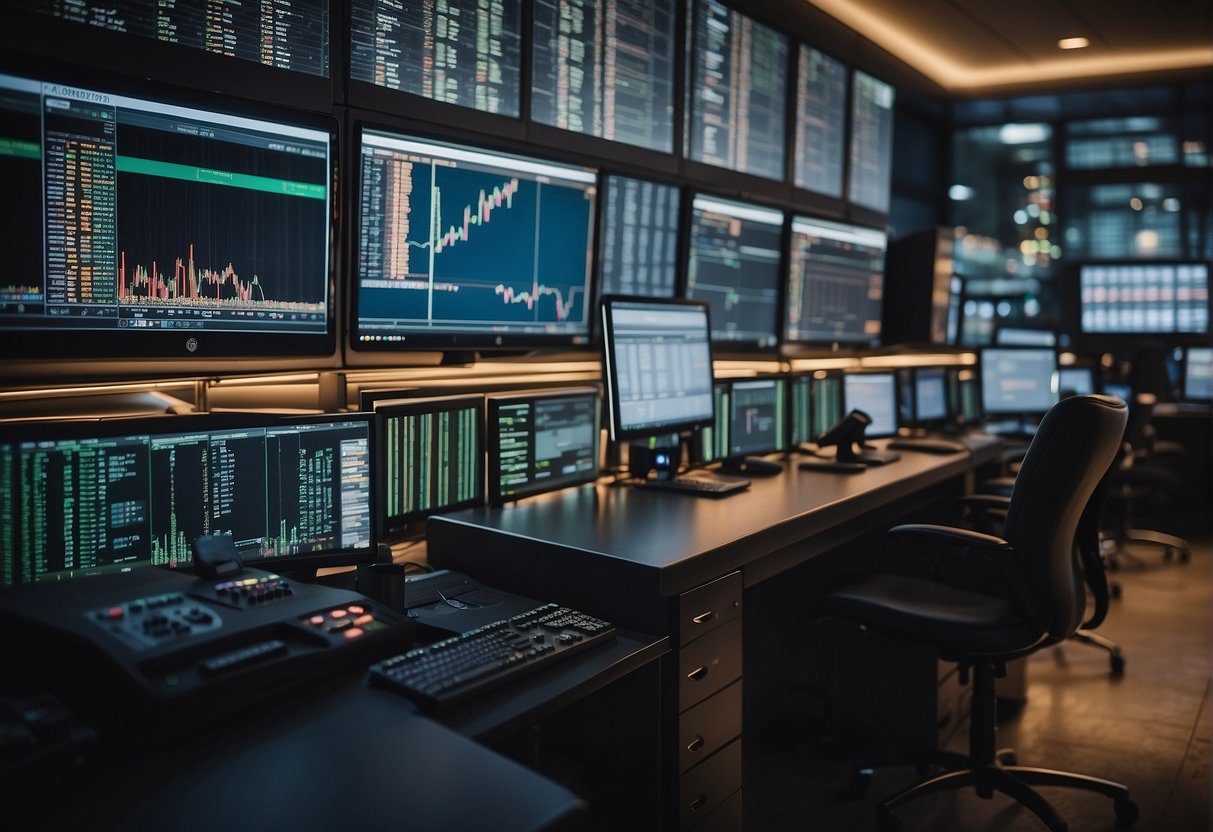
The integration of cutting-edge technology in electronic trading systems has significantly reshaped the landscape of financial markets. The onset of machine learning and AI, coupled with enhanced system safeguards, is pivotal in the evolution and operation of modern trading.
Influence of Machine Learning and AI
In electronic trading, machine learning and AI have become instrumental. They enable the analysis of massive data sets to identify patterns and execute trades faster and more efficiently beyond human capability. The implementation of algorithmic trading systems drastically improves market liquidity and reduces latencies.
System Safeguards and Business Continuity
With the rise of automated trading, regulatory focus has sharpened on system safeguards and business continuity plans. Rigorous development and testing protocols are imperative to ensure that trading systems are robust and resilient against disruptions. The integration of fail-safes and redundant systems in algorithmic trading strategies aim to preserve market integrity and protect against systemic risks.
Practical Aspects of Algorithmic Trading

Algorithmic trading has revolutionized the financial markets by automating trade processes for investment firms and individual traders—the key to harnessing its complete potential lies in thorough training and staying abreast of emerging trends.
Role of Training and Skill Development
Investment firms prioritize training to ensure their traders can design and manage sophisticated algorithms. Comprehensive training programs equip traders with the skills to create robust trading models while understanding the complexities of financial markets. Skill development in testing strategies is critical to mitigate risks and enhance investment returns.
Emerging Trends in Algorithmic Trading
Algorithmic trading continues to evolve, with companies increasingly relying on artificial intelligence to predict market movements and execute trades. Investment firms also focus on developing algorithms that can adapt to new regulatory changes to ensure seamless trading and settlement. This adaptability helps comp comply with regulations and strives to maintain a competitive edge in financial markets.
Frequently Asked Questions
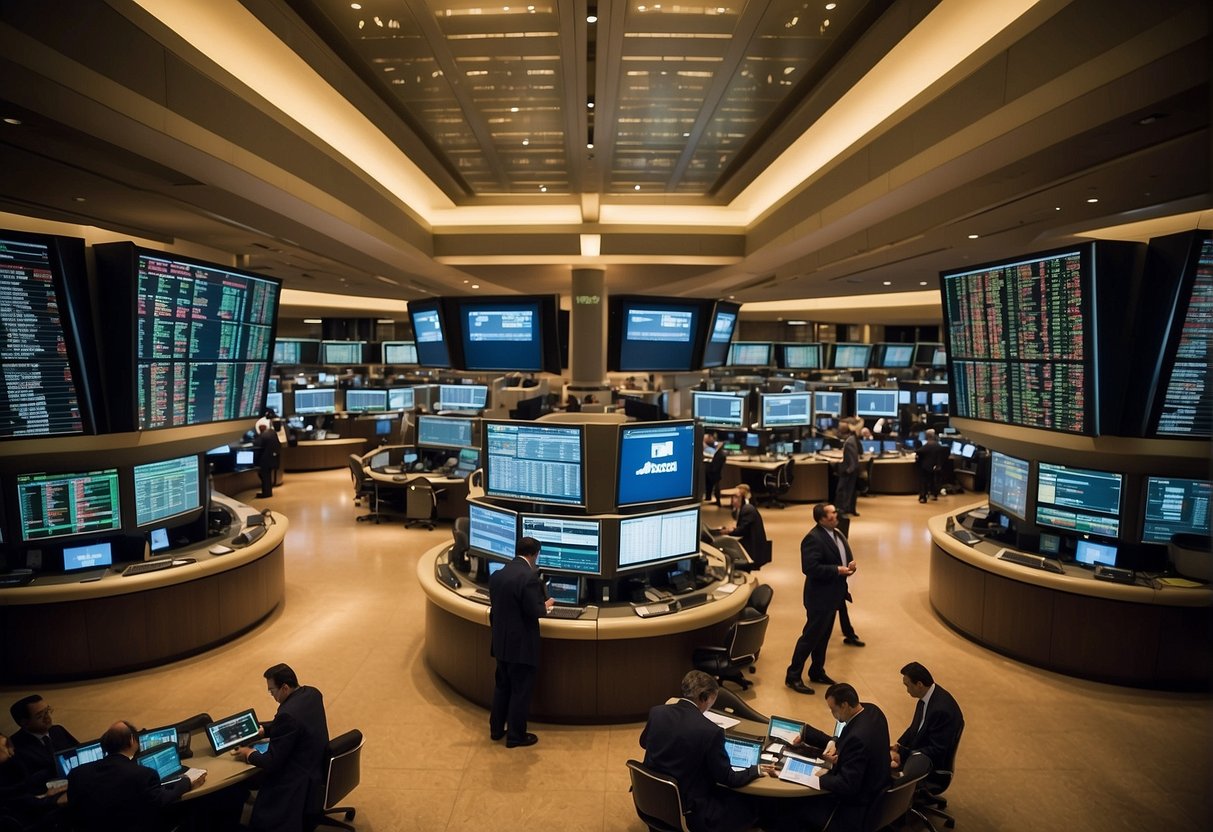
Algorithmic trading has significantly transformed the financial markets, raising questions regarding its effects on settlement regulations and market stability.
How do algorithmic trading strategies impact post-trade settlement processes?
Algorithmic trading can lead to a surge in order volumes, which can complicate post-trade settlement due to the increased number of transactions that must be verified and settled within a standard timeframe.
What regulations are in place to mitigate the risks of algorithmic trading on financial markets?
Financial regulators have established rules and guidelines to ensure transparency and prevent market manipulation by monitoring algorithmic trading activities and requiring firms to maintain robust risk management controls.
How has the introduction of algorithmic trading affected market liquidity and settlement times?
Adopting algorithmic trading has generally enhanced market liquidity by enabling rapid trade execution and potentially reducing settlement times through more efficient order matching and processing systems.
In terms of compliance, what challenges does algorithmic trading pose for settlement regulation?
Algorithmic trading introduces compliance challenges by necessitating more intricate surveillance systems to detect and prevent abusive strategies affecting settlement fairness and efficiency.
What measures have regulators implemented to cope with the complexities introduced by algorithmic trading?
Regulators have implemented measures that include enhanced reporting requirements, tighter pre-and post-trade transparency rules, and constant adjustments of settlement systems to handle the high-speed, high-volume nature of algorithmic trading.
How does algorithmic trading influence the integrity and stability of financial settlements?
The swift and massive order flows resulting from algorithmic trading can put pressure on settlement integrity and stability, especially during times of high volatility. Regulators, therefore, focus on ensuring that algorithms are adequately tested and that robust contingency plans are in place.


